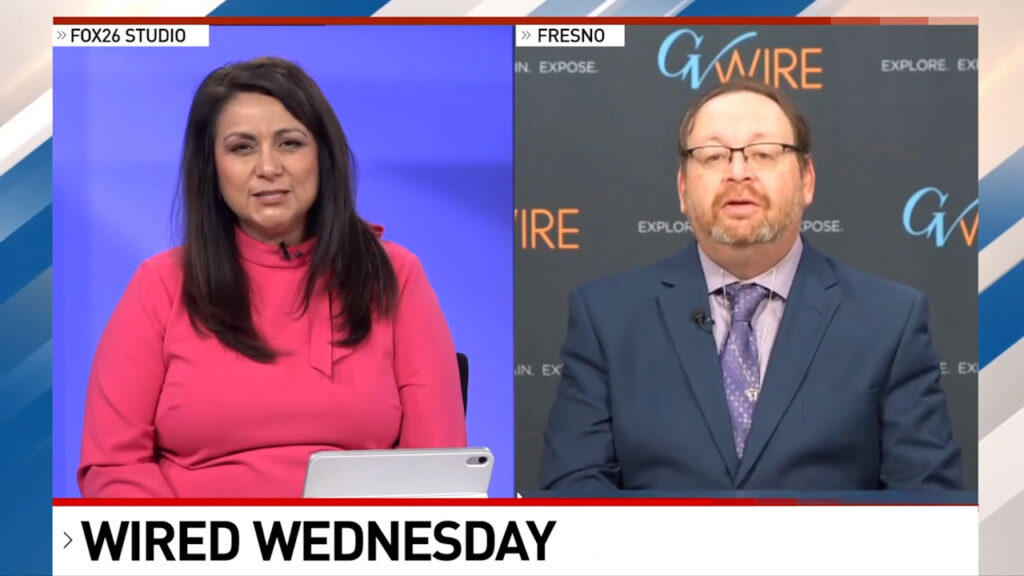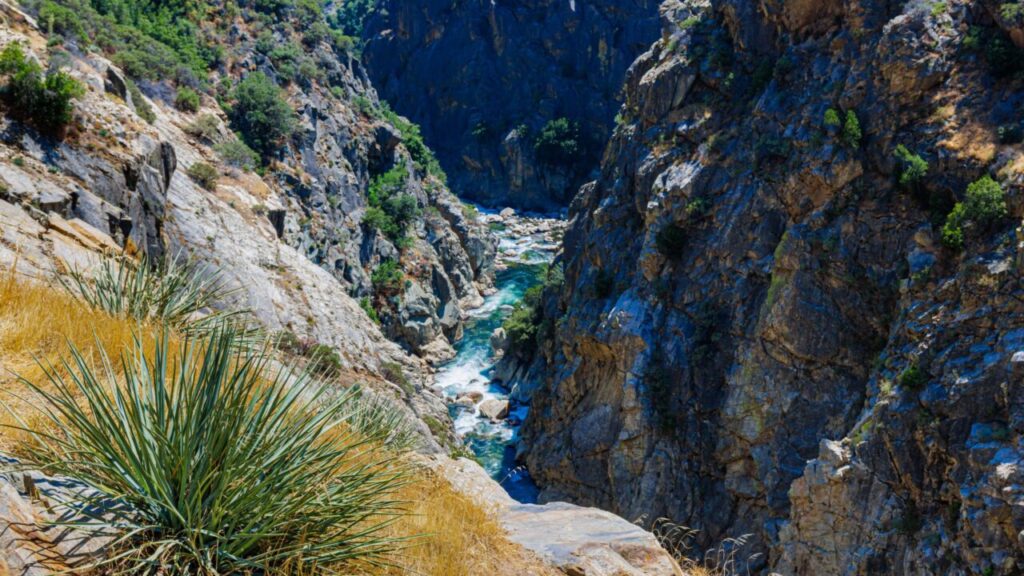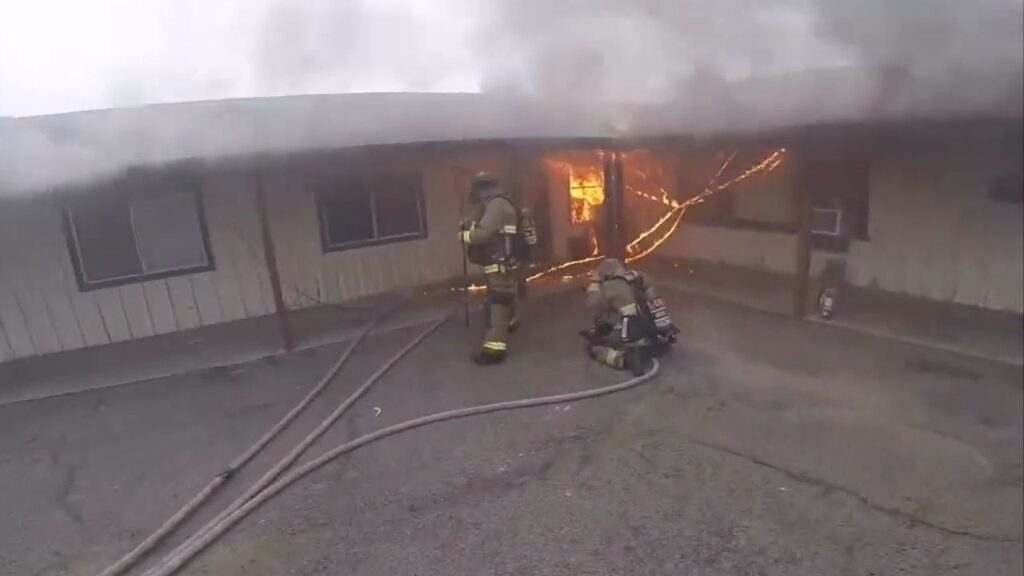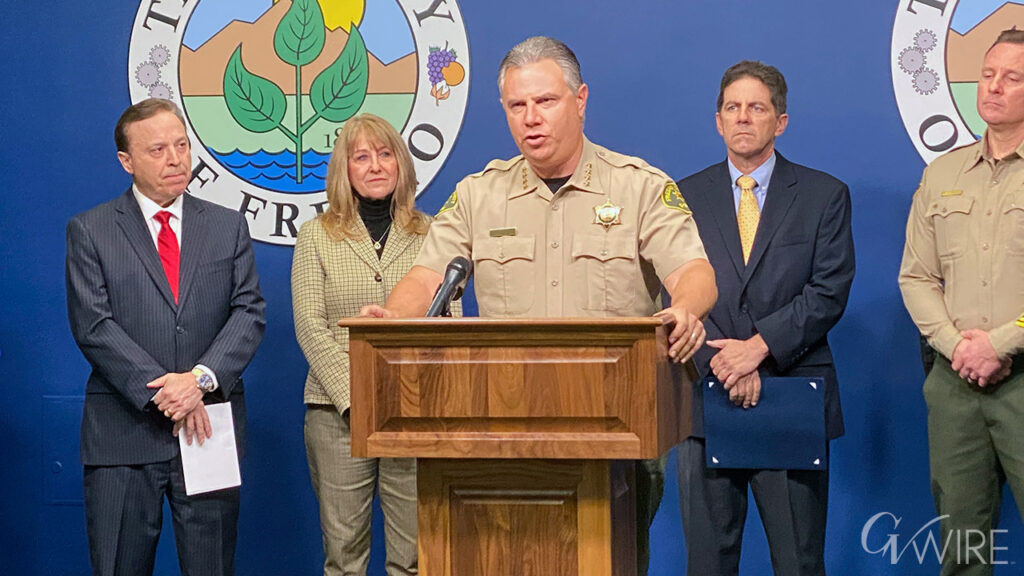Share
FLAGSTAFF, Ariz. — Seven states that rely on a major waterway in the U.S. West have finished a yearslong effort to create a plan to protect the Colorado River amid a prolonged drought, the federal government declared Tuesday.
U.S. Bureau of Reclamation Commissioner Brenda Burman commended Arizona, California, Nevada, New Mexico, Utah and Wyoming for reaching a consensus on the Colorado River drought contingency plan. Now the states are seeking approval from Congress to implement it.
“It is time for us to work with our congressional delegations to move forward to make sure we can implement DCP this year,” Burman said on a call with reporters.
The Colorado River serves 40 million people and 7,812 square miles of farmland in the West.
Under the drought plan, states voluntarily would give up water to keep Lake Mead on the Arizona-Nevada border and Lake Powell upstream on the Arizona-Utah border from crashing. Mexico also has agreed to cuts.
The push for federal legislation comes after the Colorado River Board of California voted Monday to move ahead without a water agency that has the largest entitlement to the river’s water.
California and Arizona Failed to Meet Federal Deadlines
The Imperial Irrigation District was written out of California’s plan when another powerful water agency, the Metropolitan Water District, pledged to contribute most of the state’s voluntary water cuts.
Imperial had said it would not commit to the drought plan unless it secured $200 million in federal funding to help restore a massive, briny lake southeast of Los Angeles known as the Salton Sea. The district also accused others in the Colorado River basin of reneging on a promise to cross the finish line together.
“IID has one agenda, to be part of a DCP that treats the Salton Sea with the dignity and due consideration it deserves, not as its first casualty,” Imperial board President Erik Ortega said.
The Southern Nevada Water Authority called Imperial’s refusal to approve the plan “shortsighted” and “manipulative.” Burman has said the drought plan would have no effect on the Salton Sea, and Imperial could choose to join the deal later.
The Bureau of Reclamation had given states until Tuesday to submit comments on what to do next after California and Arizona failed to meet federal deadlines to wrap up their drought plans. The agency received no comments, and Burman canceled the request.
Arizona says it doesn’t expect its remaining work to delay implementation of the drought plan. But the state cannot officially sign on until Congress approves it.
Shortage Might Be Averted Because of Above-Average Snowpack
At least two congressional subcommittee hearings on the drought plan are scheduled for later this month.
The states’ plans are meant to supplement existing guidelines that dictate water deliveries to Arizona, Nevada and California. The Bureau of Reclamation previously predicted a more than 50 percent chance that Arizona and Nevada would not get their full allocations of water in 2020.
The latest study shows a shortage might be averted because of above-average snowpack, though the call for 2020 won’t be made until August. In New Mexico, the basin that feeds the Rio Grande is about 135 percent above median levels.
But officials say one good year of snowpack won’t reduce long-term risks for the Rio Grande or the Colorado River.
The drought contingency plan takes the states through 2026, when existing guidelines expire. The states already are preparing for negotiations that will begin next year for new guidelines.
“We all recognize we’re looking at a drier future,” said Tom Buschatzke, director of the Arizona Department of Water Resources.
Categories

Reddit Down for Thousands of Users, According to Downdetector

















